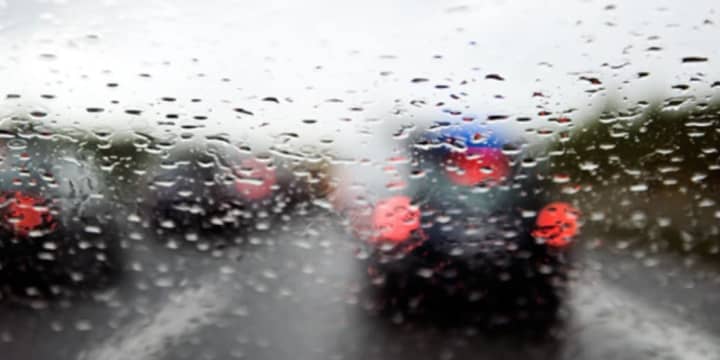Driving on worn tires at highway speeds on wet pavement increases your average stopping distance by 43%, compared to new tires, AAA officials noted, reminding motorists to regularly check their tread depth.
According to testing done by AAA and the Automobile Club of Southern California, drivers will travel 87 more feet - the length of a semi-trailer truck - if their tires are do not have proper treads. Nearly 800,000 crashes occur on wet roads each year.
“Tires are what keep cars connected to the road,” Fran Mayko, AAA Northeast spokeswoman stated. “And wear has a significant impact on how quickly a vehicle can stop in wet conditions. “AA’s testing shows that wear has a significant impact on how quickly a vehicle can come to a stop in wet conditions to avoid a crash.”
In Connecticut, there were 653 tire-related crashes in which 246 people were injured or killed in the state last year, according to the UCONN Crash Data Repository, good for an average of 12 crashes a week or approximately 5 people a week killed or injured in the state because of tire-related issues.
Most states have a legal minimum tire tread depth and current industry guidelines frequently recommend drivers wait until tread depth reaches 2/32nd of an inch to replace tires. However, AAA said that is still too little tread to drive safely and has recommended motorists replace tires when they have 4/32nd of an inch of tread remaining.
Because of the driving danger in wet conditions, even with new tires, AAA recommends drivers:
- Avoid using cruise control;
- Reduce speed; avoid hard braking;
- Increase your following distance to allow for space to the car in front of you;
- Gently ease off the accelerator and steer in the direction you want to go if you hydroplane. When the wheels gain traction, you’ll be in control of the vehicle. Don’t brake forcefully since this may cause a skid.
The complete study from AAA can be found here.
Click here to follow Daily Voice Brookfield and receive free news updates.


